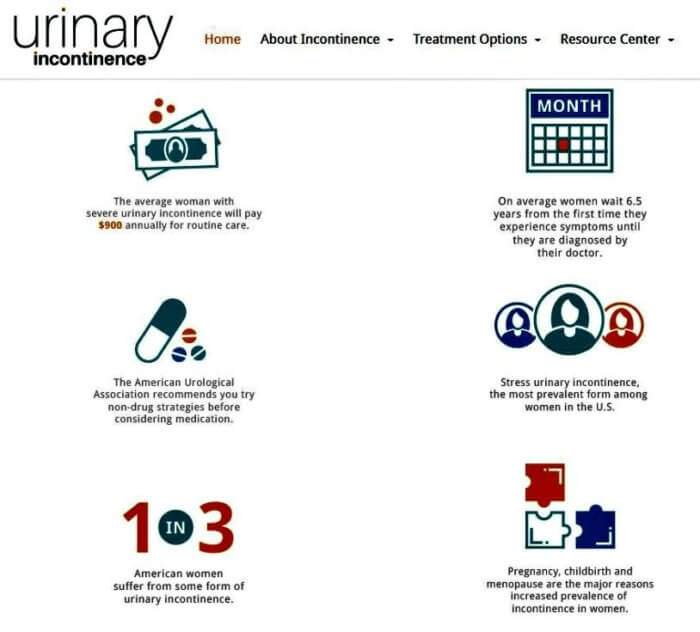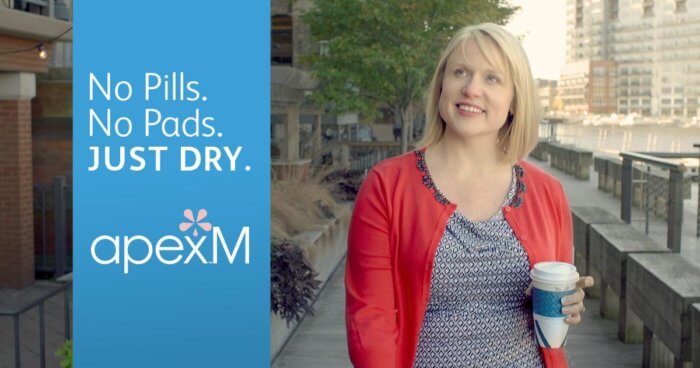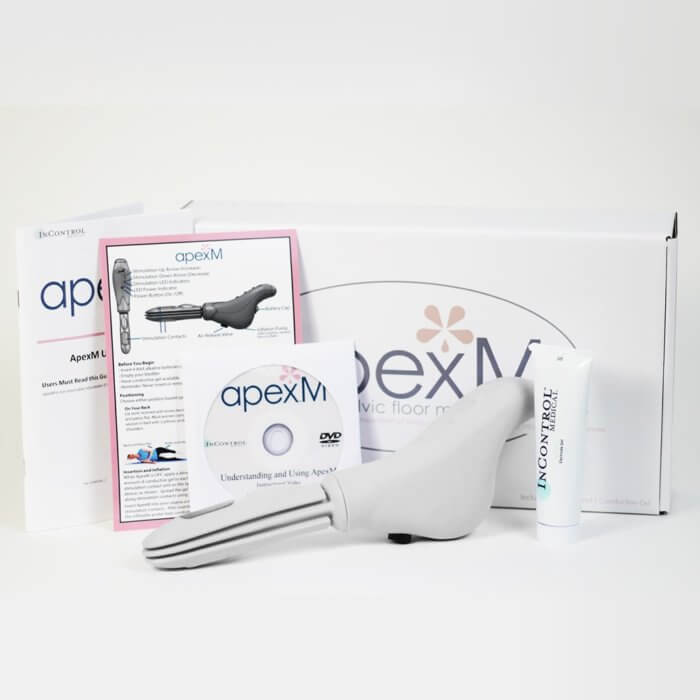How to Control Urinary Incontinence
Disclosure: “This post was written by me through an activation with HireInfluence on behalf of InControl Medical. Although I received compensation for participating in the campaign, all thoughts and opinions are my own.”
Take Control of Urinary Incontinence With InControl Medical’s ApexM

Sometimes it happens so gradually you just can’t pinpoint when it started. Your stretch-mark-scarred belly from one (or multiple) pregnancies becomes flabbier, your hips expand and those favorite pants don’t quite fit the way they used to. To top it all off, you find yourself “leaking” when you cough, sneeze or laugh too hard. Many women won’t even talk about it. If you actually talk about it with your mother or even your friends, they will likely tell you it’s all part of getting older. But, in reality, it isn’t.
What Is It?
It’s called “bladder leakage” and falls under the definition of urinary incontinence. Experts estimate one- in- three women experience occasional or chronic symptoms and that pregnancy, childbirth and menopause are the major reasons for the increased prevalence of incontinence in women.
By understanding what kind of urinary incontinence you have, you are able to find and use the best treatment to manage and, yes, even cure the issue.

Types of Urinary Incontinence
Let’s first take a quick look at the different types of urinary incontinence for women:
Stress Incontinence is the most prevalent form of incontinence in women. It occurs when physical movement or activity such as coughing, sneezing, running or heavy lifting puts pressure on the bladder. This pressure is the cause of “stress” and results in bladder leakage.
Urge Incontinence (also known as overactive bladder) occurs when the muscles of the bladder contract involuntarily, even when the volume of urine in your bladder is low. This involuntary contraction creates the urgent need to urinate. Although it’s not uncommon among older adults, it isn’t a normal part of aging.
Mixed Incontinence is just what it sounds like – a little bit of this and a little bit of that. It occurs when symptoms of both stress and urgency incontinence are present. Symptoms of one type of incontinence may be more severe than the other.
Functional incontinence is more about not getting to the bathroom in time. Most common with the elderly or disabled, functional incontinence occurs when a sufferer physically cannot get to a bathroom before an episode.
What Are We Talking About?
The type of urinary incontinence we’re talking about here is defined as stress incontinence and is the most prevalent form of incontinence in women.
You may be approaching or have already been through menopause. The days of purchasing a monthly supply of tampons and pads are gone. However, somewhere along the way, you find yourself adding bladder leakage liners or pads to your shopping list. Is bladder leakage truly something you just want to contain? Or do you want a cure?
After childbirth, most women are told by their healthcare providers to do exercises to strengthen the pelvic floor muscles, which supported so much while pregnant. Some are even given instructions as to how to do Kegel exercises. How many us of are even sure how to properly do Kegels? How many of us actually do these exercises? I, for one, will admit Kegels were the last thing on my mind in the midst of working full-time, raising three children and running a household. Something else always took precedence over strengthening my pelvic floor muscles. I’m sure the majority of women can relate!
A Cure for Urinary Incontinence
If you suffer from urinary incontinence, you would most likely agree that taking back your life and fighting back against body issues like urinary incontinence is important to you. You can cure the problem rather than just contain it using liners and pads; this is where InControl Medical comes in.

There is a cure for female urinary incontinence, and it can be purchased without a prescription. With the ApexM, you aren’t just hiding an issue and trying to deal with the side effects of leakage, you’re curing it. ApexM is not a treatment. It’s a cure for incontinence that will help you regain the freedom you’ve lost. There’s no surgery, pills or side effects.

Remember those Kegel exercises? Well, the ApexM will automate Kegel exercises to build muscle in the pelvic wall. Forced muscle contraction will help build muscle in the pelvic wall leading to better bladder control. All it takes is 10 minutes six days a week for 12 weeks.
ApexM is new and not available in stores. However, it is available via this website, and is eligible to purchase with your Flexible Spending Account (FSA).
Are you ready to join the thousands of women who have found the cure?
Cook, Baker, Phototaker, Fitness Mover and Shaker, Cupcake Tester, Deal Maker, Adventurous Undertaker, Do Good “Deeder”, Teacher, Mom, Wife, Patriot for Life & Giver of Good Advice – RealAdviceGal





